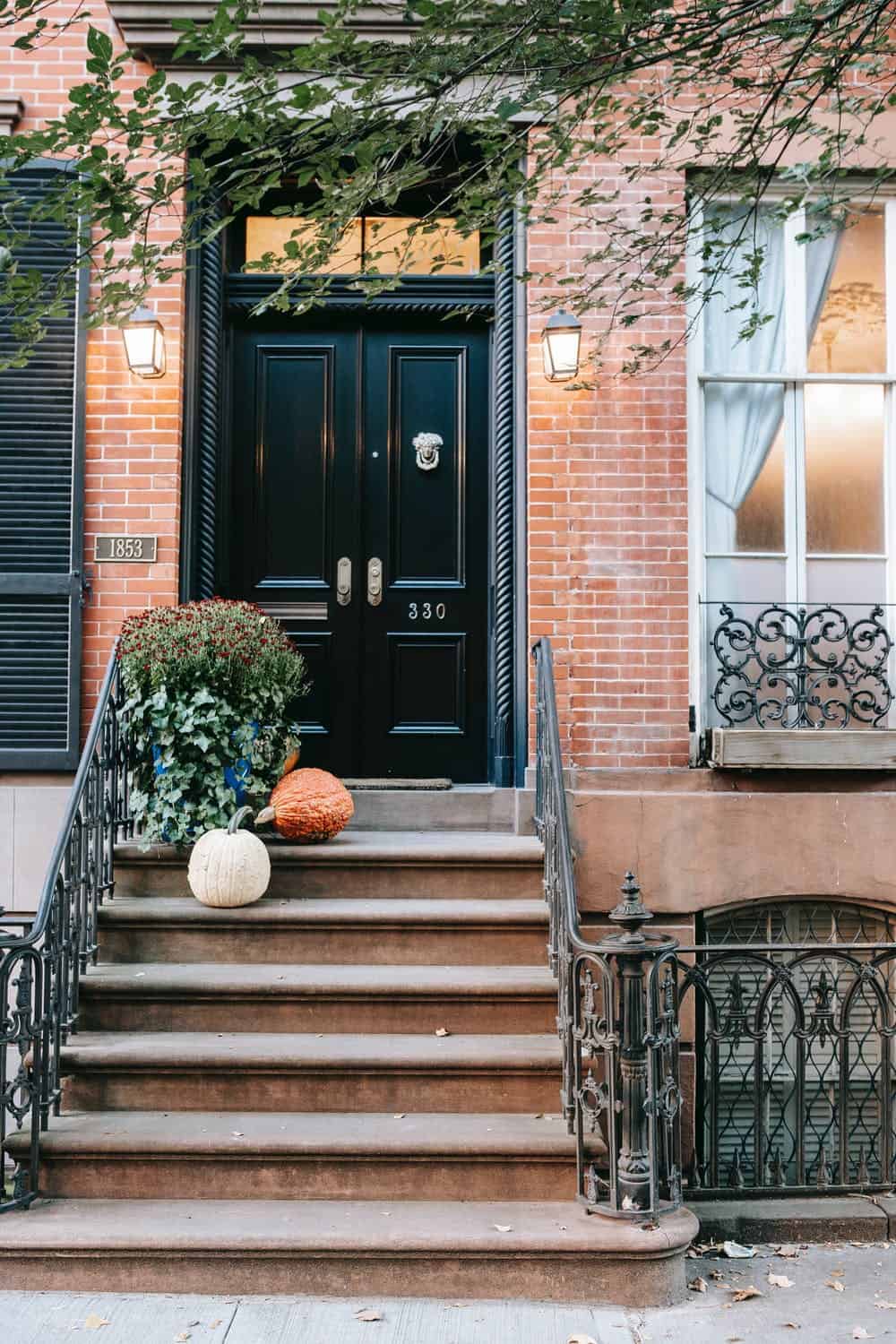An architrave is a molding that goes around a door or window frame and is often made of wood. The trim is a disguise for unkempt door joints or rough surfaces by covering them up. MDF and Solid oaks are the most prevalent materials and finishes for architraves, although they can also be found in various styles, including traditional and contemporary.
Want to know everything there is to know about the architrave and how it is employed? Continue reading to learn more.
Choosing the width
Assuming you’ve removed your old architrave and are beginning from scratch, you generally won’t need to match the widths of your previous architrave. Remember that you’ll need to stick with the same widths if you’re keeping any of the previously installed architraves.
Keep an eye out for how near your door frames are to your walls while planning you’re remodeling. Make sure your architrave will fit if your frame is near the border.
The most typical architrave width in British homes is 70 millimeters. This is because most individuals have skirting boards of 150mm or less. Thus, the 70mm architrave will fit perfectly.
In terms of size, 95mm wide is the next most popular option. The architrave typically has a width of 170mm or 195mm when the skirting is around those heights. A 70mm wide architrave may not be able to accommodate your design. Thus, you may be restricted to this size.
This is the one to go for if you’re looking for a standard width. This is typically used with 220 mm-tall skirting boards.
Choosing the depth
Skirting boards are often thinner, but the architrave is typically thicker. This facilitates a smooth transition between the two. While it is possible to install skirting and architrave at the same thickness in newer homes, the walls must be square for this to happen.
Plinth blocks are an excellent option to ensure that the transition between skirting and architrave is seamless. For a more classic look in the room, a thicker plinth block can be used in place of both the skirting and architrave.
If you’re looking for the thinnest thickness, this is the one you’ll get. Contemporary designs benefit from this, as does the saving of floor space within the building. In some cases, the thinness of the material makes the profile extraordinarily brittle and prone to fracture, making it impossible to build.
An architrave that is 18mm thick is the most popular choice and may be seen in many homes. Although these boards are a little heavier than their thinner counterparts, handling them will be a breeze.
For larger architrave and taller skirting, a board with a thickness of 25 mm is a good choice. Due to the additional thickness, these boards are heavier, but practically all designs may be accommodated.
Choosing the length
Your door architrave’s length should not be chosen lightly. You’ll select from the first five alternatives in millimeters if you’d like to order in lengths. Choose one of the last two options if you want to order in sets.
- 2440mm length– In terms of architrave, this is the smallest length available and the most frequently ordered one. This solution allows for waste and covers average door heights.
- 3050mm length– To get one leg (the side of the door frame) and one head (the top of the door frame) from a single length, you’ll need standard-sized doorways. If you cut out the lengths you need and then use the remaining piece to make your head, you’ll have the desired effect.
- Length of 4200 mm– Architraves can only be made to this length. Out of a single piece of this length, you’ll be able to make two legs and four heads.
- Single Architrave Set– There are two legs and one head in a single pair (1220mm in length). For standard-sized single doorways, this size is appropriate. Two sets are needed for a door to cover both sides: one for each side of the door frame.
- Double Architrave Set – It’s the same as a single set, except that the head is a little longer in this case. This allows the double set to fit through a typical double door. To cover both sides of a door frame with a double batch, you’ll need to buy two double sets of the product.
Choosing a final appearance
Various finishes are available to fit your budget and level of DIY-ability!
If you purchase an unprimed architrave, your boards will be delivered in their ‘raw state,’ meaning they have not been treated with any finish. Ordering unprimed architrave or skirting boards saves money. Unprimed items can be more cost-effective if you have the time and ability to prime your boards on site.
When purchasing MDF architraves, you must prime and undercoat them before painting them. Architraves that are primed will be made of MDF and have a single coat of primer applied to them.
